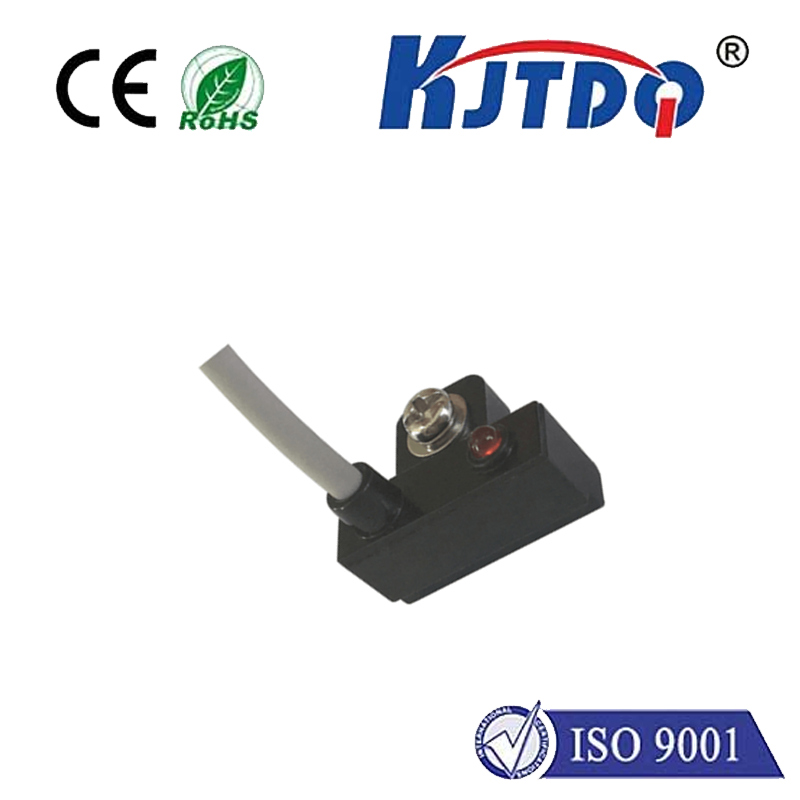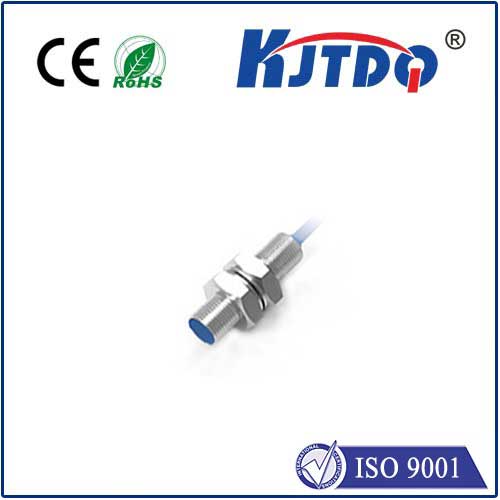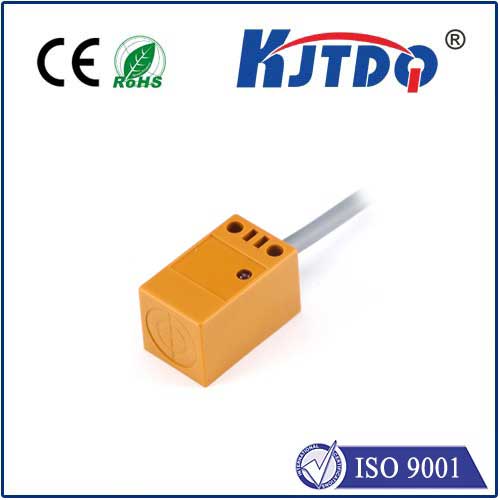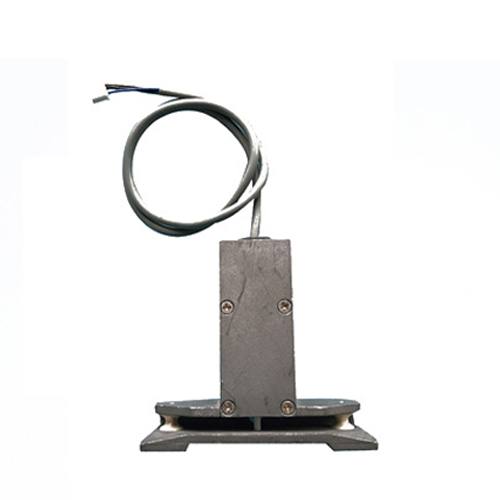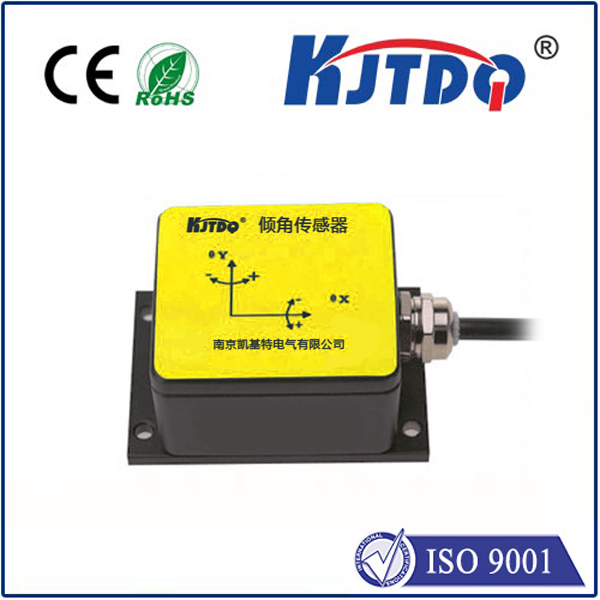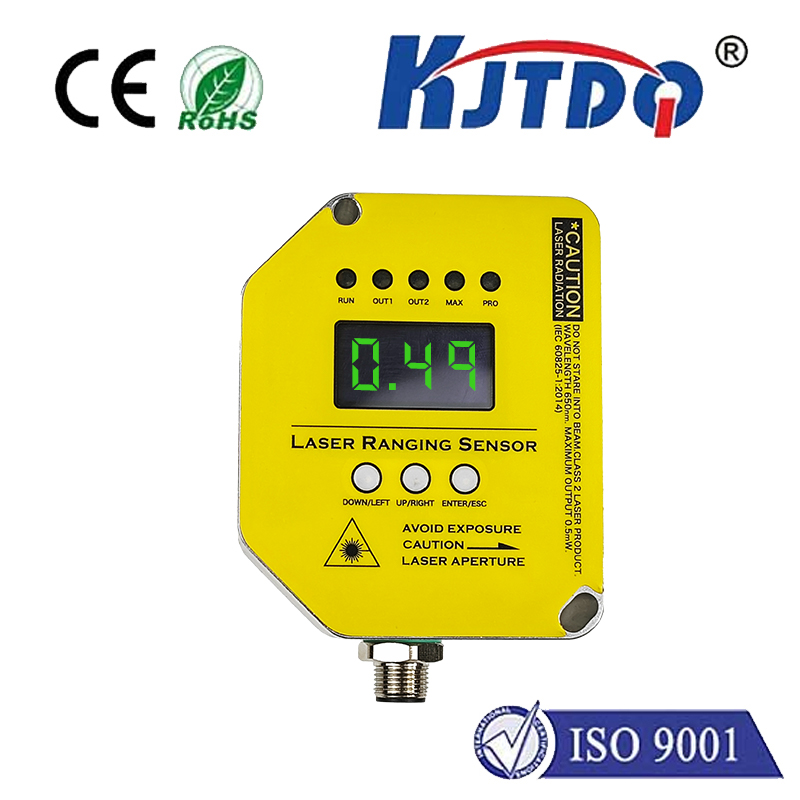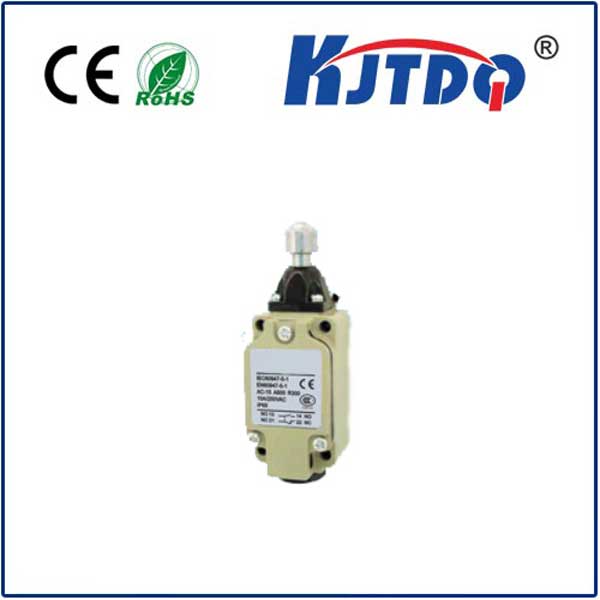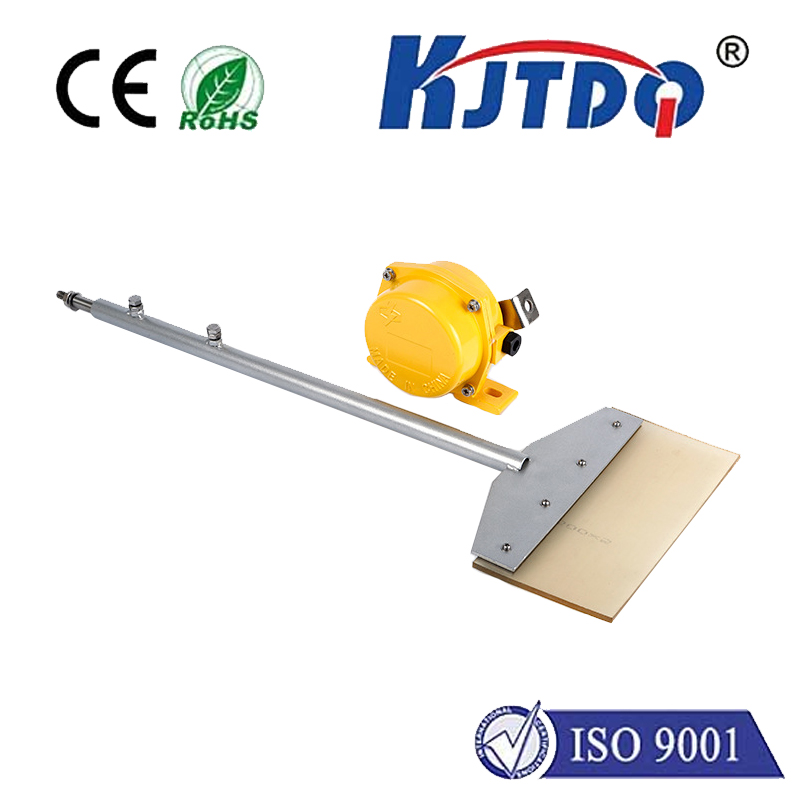

check

check

check

check
NI15-G30-Y1: The Ultimate Guide to Understanding and Optimizing Your Industrial Equipment
In the world of industrial automation, the acronym NI15-G30-Y1 plays a crucial role in specifying the performance and capabilities of various control systems and machinery. This combination is often used in manufacturing, robotics, and automation environments to denote a particular model or configuration. Understanding the meaning and implications of this code is essential for engineers, technicians, and managers looking to optimize their systems for efficiency, reliability, and performance.
The NI15-G30-Y1 represents a specific model of a programmable logic controller (PLC) or a similar control system. The components of the code provide valuable insights into its design and functionality. Let’s break it down:

NI15: This part indicates the model or series of the controller. It may stand for a specific line of products, such as the NI (National Instruments) series, which is a leading provider of industrial control systems. The “15” could refer to a version or a specific model within that series.
G30: This is likely a designation for the controller’s input/output (I/O) configuration. The “G” might indicate a specific type of I/O, such as a digital or analog interface, while “30” could represent the number of I/O points or a specific variant of the model.
Y1: This part often denotes the version or a specific configuration of the controller. “Y” could be a designation for a particular type of output, such as a digital output, and “1” may indicate the revision or a specific setting within that version.
Understanding the NI15-G30-Y1 is not just about decoding the code; it’s about knowing how it fits into the larger ecosystem of industrial automation. In modern manufacturing, where efficiency and precision are paramount, the right control system can make a significant difference. The NI15-G30-Y1, with its specific I/O configuration and version, is designed to handle the demands of high-speed production lines, robotic assembly, and automated testing environments.
The NI15-G30-Y1 is built with advanced features that support real-time data processing, high reliability, and seamless integration with other industrial systems. Its design prioritizes performance and scalability, making it an ideal choice for industries that require consistent and reliable automation. Whether it’s used in a small-scale production line or a large-scale manufacturing facility, the NI15-G30-Y1 is engineered to meet the needs of a wide range of applications.
One of the key advantages of the NI15-G30-Y1 is its flexibility. It allows for easy customization and upgrades, ensuring that it can adapt to changing production requirements. Additionally, its robust design ensures long-term reliability, reducing downtime and maintenance costs. For businesses looking to enhance their operational efficiency, the NI15-G30-Y1 is a valuable asset that can significantly improve productivity and reduce operational risks.
In conclusion, the NI15-G30-Y1 is more than just a code—it’s a powerful tool in the world of industrial automation. Its design and functionality are tailored to meet the demands of modern manufacturing, offering a reliable and efficient solution for a wide range of applications. By understanding and leveraging the capabilities of the NI15-G30-Y1, industries can achieve higher levels of productivity, precision, and performance.
